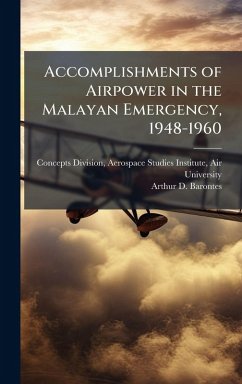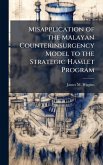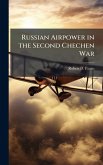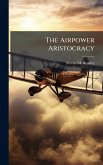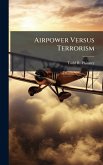This study has been prepared at the Aerospace Studies Institute (ASI) as part of a continuing program to examine the role of airpower in guerrilla warfare. It is one of several studies undertaken simultaneously on the conduct of guerrilla warfare in the period 1945-1960, and follows the ASJ publication, The Role of Airpower in Guerrilla Warfare (World War II), which was published in December 1962. This study emphasizes the application of airpower and only briefly treats the preponderant role of the ground forces and the contributing role of the sea forces. Although it is recognized that the entire story of the defeat of the communist terrorists is intensely interesting in itself, we have been more concerned with the employment of airpower. As a result, this study describes the Malayan Emergency in general terms and examines in detail the use of airpower to counter guerrillas This work has been selected by scholars as being culturally important, and is part of the knowledge base of civilization as we know it. This work was reproduced from the original artifact, and remains as true to the original work as possible. Therefore, you will see the original copyright references, library stamps (as most of these works have been housed in our most important libraries around the world), and other notations in the work. This work is in the public domain in the United States of America, and possibly other nations. Within the United States, you may freely copy and distribute this work, as no entity (individual or corporate) has a copyright on the body of the work. As a reproduction of a historical artifact, this work may contain missing or blurred pages, poor pictures, errant marks, etc. Scholars believe, and we concur, that this work is important enough to be preserved, reproduced, and made generally available to the public. We appreciate your support of the preservation process, and thank you for being an important part of keeping this knowledge alive and relevant.
Bitte wählen Sie Ihr Anliegen aus.
Rechnungen
Retourenschein anfordern
Bestellstatus
Storno

